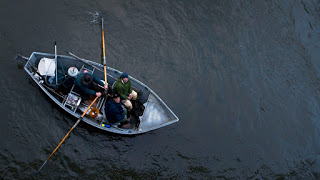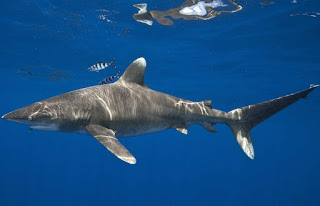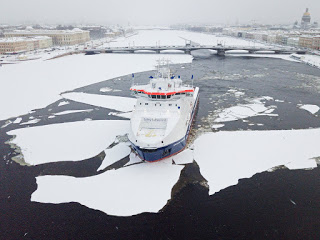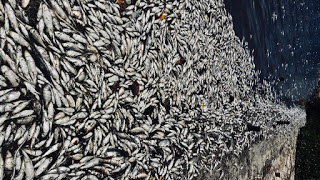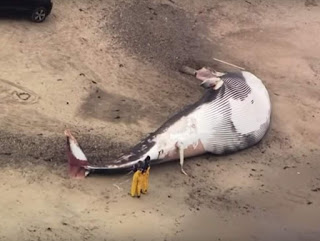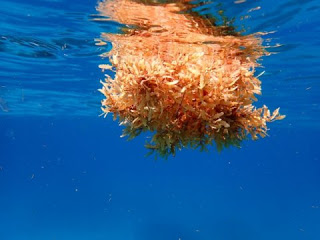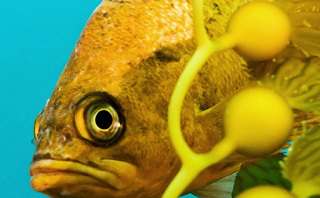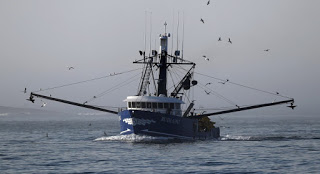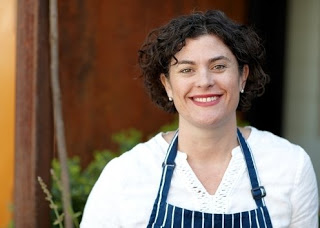1. Why a New Fisheries Bill Is Being Dubbed the “Empty Oceans Act”
 ST. PETERSBURG — The number of manatee deaths in Florida this year has already exceeded the total for all of 2017. Blame Red Tide, which is suspected of killing more than 100 of them. So far, 554 manatees have died in 2018, with four months left to go. Last year’s total was 538. As of Aug. 18, the most recent date for the running total, the Red Tide bloom had been verified as the cause of death for 29 manatees and was suspected of killing another 74.
ST. PETERSBURG — The number of manatee deaths in Florida this year has already exceeded the total for all of 2017. Blame Red Tide, which is suspected of killing more than 100 of them. So far, 554 manatees have died in 2018, with four months left to go. Last year’s total was 538. As of Aug. 18, the most recent date for the running total, the Red Tide bloom had been verified as the cause of death for 29 manatees and was suspected of killing another 74. 
Americans throw away 500 million straws per day, enough to circle the Earth twice. These cylindrical pieces of plastic are significantly contributing to the growing slurry of plastic pollution in our oceans. Plastic does not degrade, and according to a study funded by the Ellen MacArthur Foundation, by the year 2050, there will be more plastic in the sea than fish unless we drastically change our habits and laws.
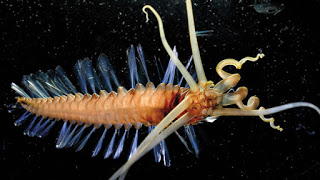 The sea’s murky depths might host more life than we thought. That’s the preliminary conclusion of scientists who this week completed the inaugural cruise of the Ocean Twilight Zone (OTZ) initiative, a 6-year, $35 million effort that is using innovative technologies—and an unusual funding model—to document the ocean’s mysterious midwater layer. The weeklong North Atlantic Ocean expedition was aimed primarily at testing the OTZ initiative’s new workhorse: a 5-meter-long towed sled, dubbed Deep-See, that bristles with cameras, acoustic sensors, and samplers.
The sea’s murky depths might host more life than we thought. That’s the preliminary conclusion of scientists who this week completed the inaugural cruise of the Ocean Twilight Zone (OTZ) initiative, a 6-year, $35 million effort that is using innovative technologies—and an unusual funding model—to document the ocean’s mysterious midwater layer. The weeklong North Atlantic Ocean expedition was aimed primarily at testing the OTZ initiative’s new workhorse: a 5-meter-long towed sled, dubbed Deep-See, that bristles with cameras, acoustic sensors, and samplers.
Editor’s Note: Sea Save Foundation was on-site and critical for the inclusion of these species in the CITES 2013 and 2016 votes. At CITES 2013, we broke the news of a delegate payoff that was going to affect the shark species votes and turned the tide. We will remain on top of all CITES news in order to keep you informed.
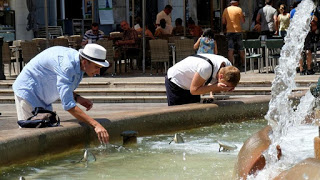 Scorching summer heatwaves and floods are set to become more extreme in the northern hemisphere as global warming makes weather patterns linger longer in the same place. According to a study published by Nature Communications, growing temperatures in the Arctic have slowed the circulation of the jet stream and other giant winds, affecting pressure fronts across continents. This summer, parts of Europe were hit by heatwaves and wildfires including Sweden, Greece, and Spain.
Scorching summer heatwaves and floods are set to become more extreme in the northern hemisphere as global warming makes weather patterns linger longer in the same place. According to a study published by Nature Communications, growing temperatures in the Arctic have slowed the circulation of the jet stream and other giant winds, affecting pressure fronts across continents. This summer, parts of Europe were hit by heatwaves and wildfires including Sweden, Greece, and Spain.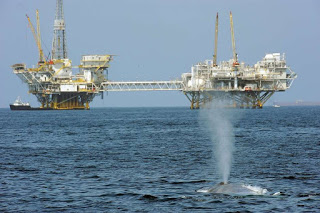 While President Trump’s Interior Department was mapping out oil and gas leases off California’s coast, the Legislature debated what to do. The sanctified cause of a drilling ban turned into a fight over a pair of bills that aimed to put hard restrictions on the White House idea. Last week, lawmakers followed through on protecting the coast. The nearly identical bills won approval on the final day of committee work, a cliffhanger win for efforts to safeguard fishing, tourism, and recreation along the 1,000-mile coast.
While President Trump’s Interior Department was mapping out oil and gas leases off California’s coast, the Legislature debated what to do. The sanctified cause of a drilling ban turned into a fight over a pair of bills that aimed to put hard restrictions on the White House idea. Last week, lawmakers followed through on protecting the coast. The nearly identical bills won approval on the final day of committee work, a cliffhanger win for efforts to safeguard fishing, tourism, and recreation along the 1,000-mile coast.
11. Hurricane Maria’s Wrath Leaves Clues to Coral Reefs’ Future
12. Cause of Death Sought for 55-Foot-Long Whale Washed Ashore on Massachusetts Beach
13. Tracking Sargassum’s Ocean Path Could Help Predict Coastal Inundation Events
In recent years, large amounts of Sargassum have been washing up on beaches from the Caribbean to west Africa. This floating seaweed drifts on the oceans currents. New research explores how the Sargassum might grow while it is meandering along the currents, not just where it floats, combining both ocean physics and seaweed biology for the first time to understand the distribution patterns. Knowing could eventually help predict its arrival and impact on beaches around the world.
14. Metal in the Air Really Messes With Ocean Life
Trace metals in the atmosphere have a hefty impact on marine life, according to a new paper. The sources of these aerosol particles include volcanoes, wildfires, and desert dust, and the burning of fossil fuels. After being spewed up and undergoing chemical reactions in the atmosphere, they often make their way to remote ocean regions via precipitation or dry deposition.
15. Stricter Federal Quotas Set For Atlantic Herring Catch Out of Concern Of Overfishing
New limits are taking effect on how many Atlantic herring can be caught by New England fishermen. Federal regulators say reducing the quota by millions of pounds is necessary due to low numbers of younger fish. Herring fishermen entered this year with a catch limit around 240 million pounds, but the regulatory New England Fishery Management Council recommended earlier this year that the number be cut back to about 118 million pounds.
16. Seattle chef Renee Erickson takes Chinook Salmon Off Menus to Help Ailing Puget Sound Orcas
17. Hong Kong Restaurant Hemingway’s Went Vegan and ‘Nobody Noticed’
 Hong Kong restaurant Hemingway’s Bar & Grill, a long-standing staple of Discovery Bay, has switched to a completely vegan menu. According to owner Gary Stokes, customers didn’t even notice the initial changes. South China Morning Post reports that Stokes, a vegan and a volunteer with international ocean conservation nonprofit Sea Shepherd, was facing an ethical dilemma. While the organization serves exclusively plant-based food on its ships in the name of environmentalism and animal rights, Stokes’s restaurant, which specialized in Caribbean cuisine, served both meat and fish.
Hong Kong restaurant Hemingway’s Bar & Grill, a long-standing staple of Discovery Bay, has switched to a completely vegan menu. According to owner Gary Stokes, customers didn’t even notice the initial changes. South China Morning Post reports that Stokes, a vegan and a volunteer with international ocean conservation nonprofit Sea Shepherd, was facing an ethical dilemma. While the organization serves exclusively plant-based food on its ships in the name of environmentalism and animal rights, Stokes’s restaurant, which specialized in Caribbean cuisine, served both meat and fish.
